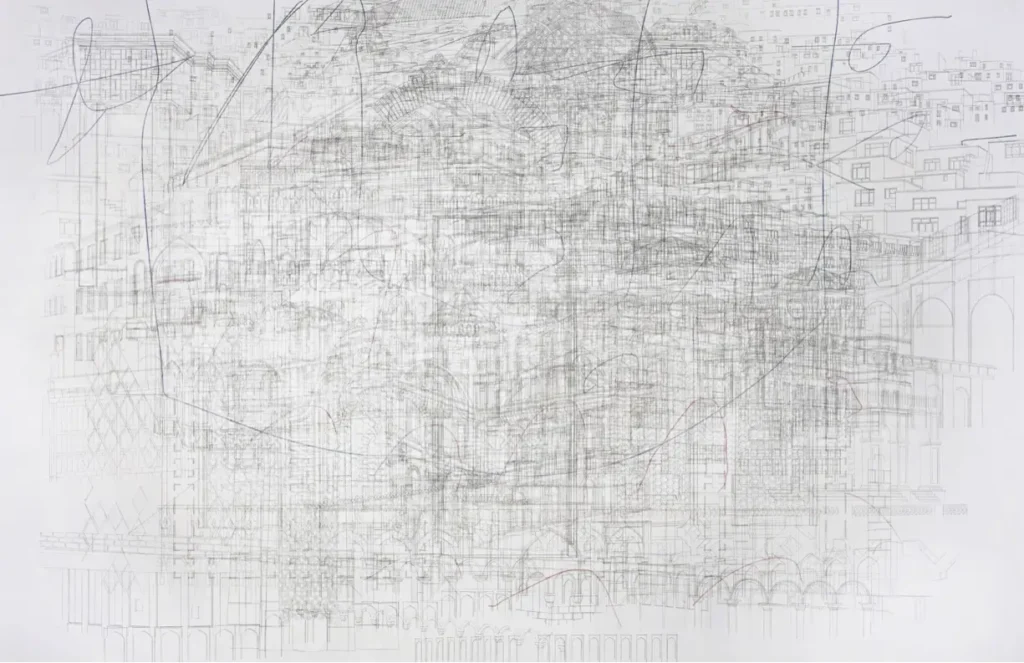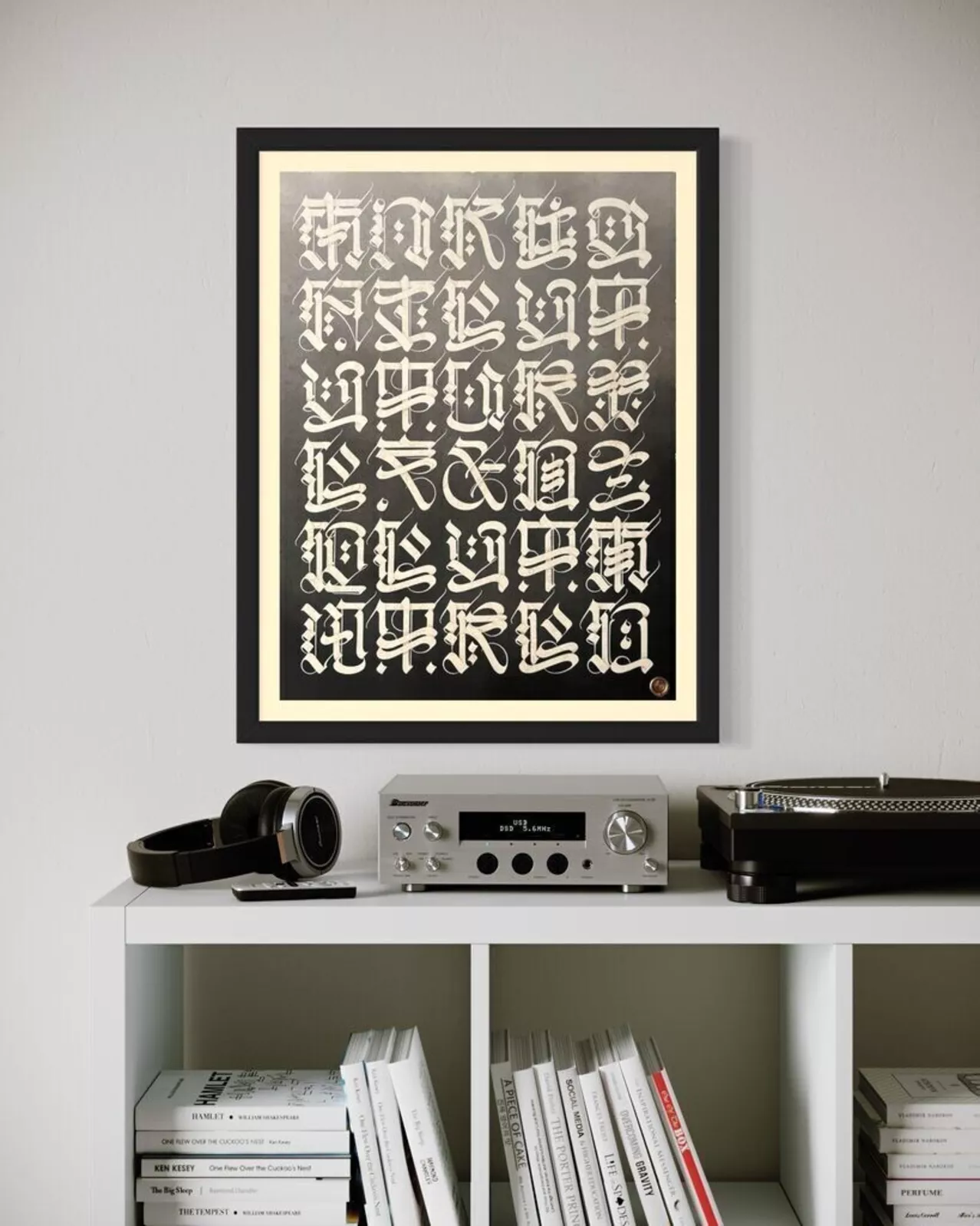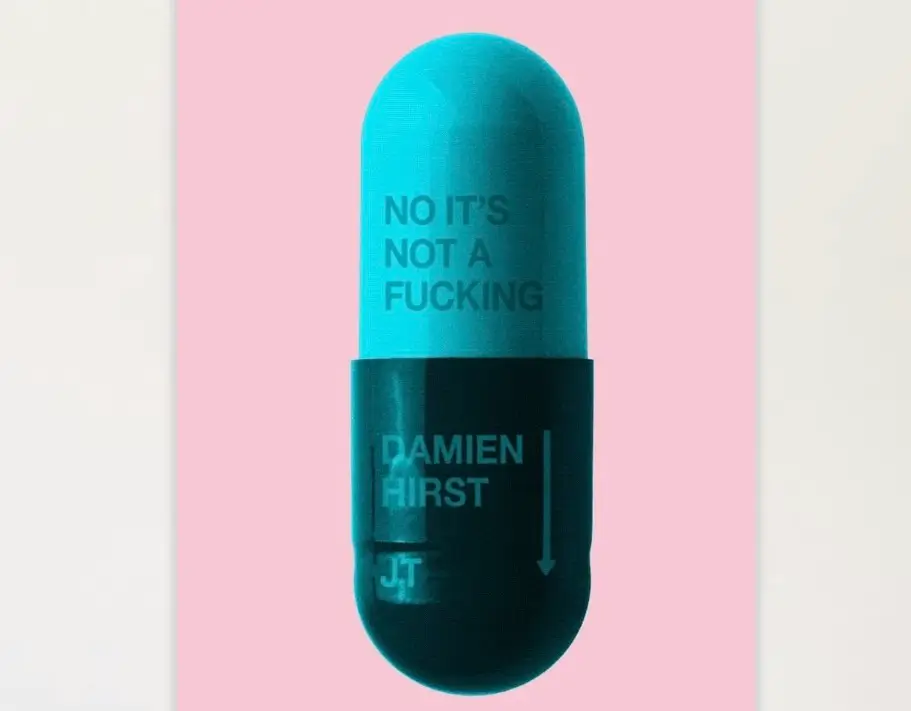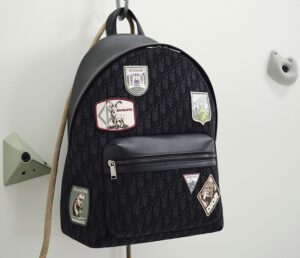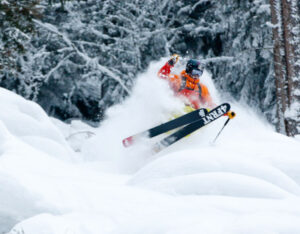When standing before a Julie Mehretu work, one often feels simultaneously overwhelmed and drawn inward. Her compositions—dense, layered, and charged with motion—speak to the complexity of contemporary life: cities in flux, histories in collision, memories encoded within lines and spaces. Born in 1970 in Addis Ababa, Ethiopia, and raised in Michigan after her family fled political unrest, Mehretu’s identity has always been shaped by movement and displacement. It’s fitting, then, that her art operates like a visual map of that experience—one where the personal and the geopolitical merge within abstract expression.
The work pictured above encapsulates Mehretu’s distinct visual language. At first, it reads like an architectural plan: grids, arches, façades, and structural skeletons weave across the canvas with technical precision. These forms evoke blueprints of imagined cities—part Renaissance, part modernist, part speculative. Yet the longer one looks, the more disorder infiltrates this order. Sweeping marks—gestural, instinctive, and seemingly improvised—slice through the architectural clarity, introducing chaos and vitality. The image oscillates between the rational and the emotional, between construction and collapse.
the architecture
Mehretu’s process is deeply methodical. She begins by digitally compiling architectural imagery—from government buildings and public plazas to stadiums, monuments, and ruins. These images are projected, traced, and redrawn onto her canvas, forming the scaffolding of her visual narrative. What follows is a process of layering: graphite, ink, and acrylic merge with gestural marks and veils of color. Each stratum becomes a trace of time—a topography of collective memory.
In this piece, the faint outlines of arches and façades recall the architecture of cities like Beirut, Rome, or Addis Ababa. These are spaces where cultures intersect, where conflict and coexistence shape the built environment. The architectural fragments, both recognizable and elusive, become metaphors for civilization’s constant rebuilding—its attempts to organize chaos, to make sense of collective experience through structure.
But Mehretu refuses stability. The gestural lines that streak across these grids are interventions—acts of rebellion against containment. They transform the drawing into a living, breathing entity. The architecture trembles; it vibrates under the pressure of history.
cartography
Mehretu’s art can be read as a kind of psychogeography—a term borrowed from Situationist theory describing how geography and emotion interact. She charts not physical terrain but emotional and political landscapes. Her paintings and drawings become “maps” of human migration, war, urbanization, and memory.
The layered technique—akin to a digital palimpsest—suggests that our world cannot be understood from a single perspective. It must be read as a multiplicity of experiences, coexisting and often conflicting. Cities are never just physical structures; they are accumulations of human traces, power dynamics, and forgotten stories. Mehretu’s visual language captures this plurality, offering no central narrative, only the sensation of history moving in all directions.
This is where her work departs from both traditional abstract expressionism and architectural drawing. While early abstraction sought universal emotion through color and form, Mehretu’s abstraction is rooted in specificity—each mark referencing place, time, and event. The result is a global abstraction, informed by migration, technology, and the compression of histories in the digital age.
flow
Born at a crossroads of cultures, Mehretu’s life story mirrors the fluidity of her art. Her family fled Ethiopia during the Derg regime, eventually settling in the United States. Later, she would study at Kalamazoo College and the Rhode Island School of Design, absorbing influences from European modernism, African art traditions, and the political urgency of postcolonial discourse.
This hybridity manifests visually: her lines carry both the precision of Bauhaus draftsmen and the gestural freedom of Cy Twombly. Yet unlike Twombly’s intimate scrawls, Mehretu’s gestures map collective motion—the migrations of people, the flows of capital, the pulse of globalization. Her lines don’t simply depict; they move. They act as metaphors for displacement, for the way history refuses to stay still.
resonance
Mehretu’s practice is also an act of documentation. Many of her large-scale works reference specific political moments: the Iraq War, the Arab Spring, the rise of global capitalism. Yet these references remain abstract, encoded within layers of motion and structure. The viewer must navigate the painting like an archaeologist, uncovering fragments of meaning beneath the surface.
Her mural Mural (2009) at Goldman Sachs in New York, for example, reimagines the architecture of finance, while Stadia II (2004) transforms the geometry of sports arenas into a commentary on nationalism and spectacle. In both cases, architecture becomes a metaphor for ideology—spaces of gathering that also control and divide.
In the work at hand, we sense similar tensions. The architectural forms suggest order and civilization, yet the swirling lines undermine that stability. The piece reads as a meditation on how human ambition—to build, to design, to systematize—inevitably collides with chaos, emotion, and history. Mehretu’s work becomes a mirror for our global condition: one of constant construction and deconstruction, where no structure, physical or ideological, remains intact for long.
view
What sets Mehretu apart in the contemporary art landscape is her ability to merge rigorous conceptual inquiry with visceral energy. Her work bridges the analytical and the emotional, the macro and the micro. It reflects an era defined by data and migration, by both global connection and fragmentation.
In an age when cities are digitalized, mapped, and surveilled, Mehretu reclaims mapping as a poetic act. Her maps resist legibility. They demand active looking—a kind of visual archaeology. The viewer must piece together fragments of form and meaning, tracing pathways through the architectural haze. In doing so, Mehretu transforms the act of seeing into one of participation. We are no longer passive observers; we are navigators of her imagined cities.
dimension
At a formal level, Mehretu’s command of line is extraordinary. Every mark is deliberate, every gesture a dialogue between control and freedom. The fine architectural lines evoke rationality, while the expressive sweeps introduce emotion. Between them lies tension—the space where meaning is generated.
Her compositions often lack a fixed orientation; they could be read from multiple directions. This nonlinearity mirrors the instability of history itself. There is no single viewpoint, no dominant narrative. Instead, there is simultaneity: histories coexisting, identities overlapping, movements intersecting.
fin
Julie Mehretu’s art ultimately offers a new language for representing complexity. Through her hybrid of drawing, mapping, and abstraction, she visualizes the invisible forces that shape our world—migration, memory, power, and emotion. The architectural fragments become skeletons of civilization; the gestures, the lifeblood that animates them.
In this particular work, the absence of color amplifies the clarity of her intention. The drawing’s monochrome palette focuses our attention on structure and movement—on how history is built and erased simultaneously. It is both blueprint and aftermath, a testament to the human impulse to organize and the inevitability of entropy.
Mehretu does not offer solutions or fixed readings. Instead, she creates spaces of possibility—visual architectures where meaning is constantly being redrawn. Her art asks us to inhabit that uncertainty, to find beauty in disarray, and to recognize that in every map of the world lies the map of ourselves.
No comments yet.

